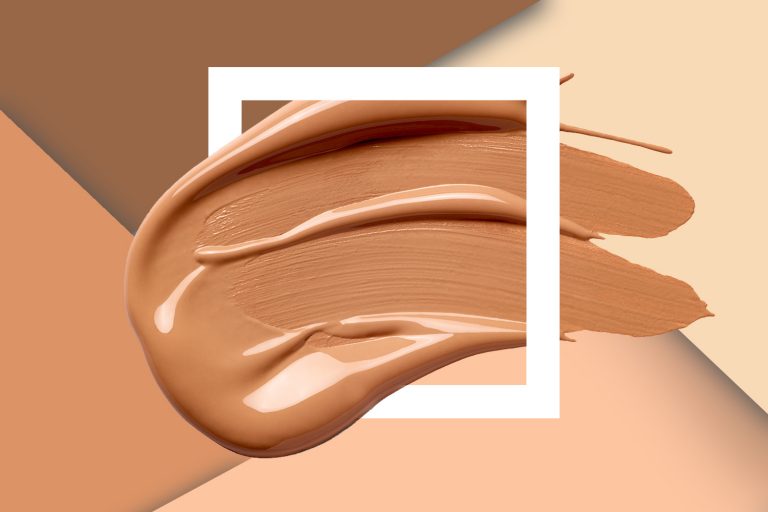Two years ago, flesh color was a medium beige skin tone, nothing more, nothing less. But today beauty brands scramble to be considered “diverse,” and have decided that 40 shades of foundation equals diversity.
When Fenty Beauty launched last year, they disrupted the beauty industry with an emphasis on diversity, that translated into 40 shades of their Pro Filt’r Soft Matte Longwear Foundation. The focus was not only placed on darker skin tones but lighter ones as well because inclusivity means embracing the entire spectrum. It’s described on their website as a makeup line “so that women everywhere would be included, focusing on a wide range of traditionally hard-to-match skin tones, creating formulas that work for all skin types, and pinpointing universal shades.”
It’s important to note however that Fenty Beauty was not the first to offer such an extensive shade range. Estée Lauder previously sold 42 shades of their Double Wear Stay-in-Place Foundation, and with the help of ballerina Misty Copeland expanded in July to include an impressive 56 shades. But Fenty Beauty as a newly launched brand with high media presence set the new lucky number 40.
A new brand, Flesh beauty, started this year by Revlon’s Chief Creative Officer Linda Wells, has followed behind Fenty with their Flesh Firm Thickstick Foundation, launching in 40 shades. In an interview with The Cut, Wells stated on the subject of Fenty’s 40 shades that, “when it came out, I knew that was the new reality, the new normal. She made that happen.”
Drugstore beauty brands were one of the first to adapt with CoverGirl launching their TrueBlend Matte Made Foundation earlier this year in 40 shades. Existing ranges were not far behind with Tarte expanding their Amazonian Clay Full Coverage foundation from the previously offered 25 shades to the new number of 40 shades. LUSH, already known for their bath bombs and handmade skincare, recently dove into the foundation arena this summer starting with— you guessed it, 40 shades. High-end beauty isn’t immune to the trend either, Dior’s New Backstage Face and Body Foundation launched in 40 shades this past June.
The diversity trend is about more than a number. Despite an impressive movement towards inclusivity in beauty, many women still feel left out in the new space. As an Indian American beauty influencer, Deepica Mutyala has spoken out on her struggle to find products for her brown skin. Mutyala stated in an interview with Girlboss this year that, “I got to the point where I would tell brands, ‘Hey, this doesn’t make sense for me, but I know the perfect girl for it,” she says.
It’s no surprise that whole communities feel overlooked because you can’t fit the entire world in 40 bottles. Often beauty brands will claim diversity by merely adding a few darker shades but what about those with paler complexions? Or who are darker, but not African American? Mutyala believes the perfect fit doesn’t actually come from the shade but rather the undertone of the product. Most brands offer three undertones: warm, cool, and neutral, but Dior has doubled that number releasing six undertones in their Backstage Face and Body Foundation. These include warm, neutral, cool, cool rosy, peach, and warm peach.
The lucky number 40 has revolutionized the standard shade range in beauty, but there is still work to be done. Those brands who provide 40 shades need to make sure it’s an even range of color, not 30 beige and 10 dark. Some brands have yet to expand their shade offerings and others fail to include people of all ethnicities or opposite ends of the spectrum. In the end, brands should not create new shades solely to be a part of the diversity trend but because they want to infuse diversity in their DNA.
Written by Hannah Harris
Graphic by Hannah Harris

